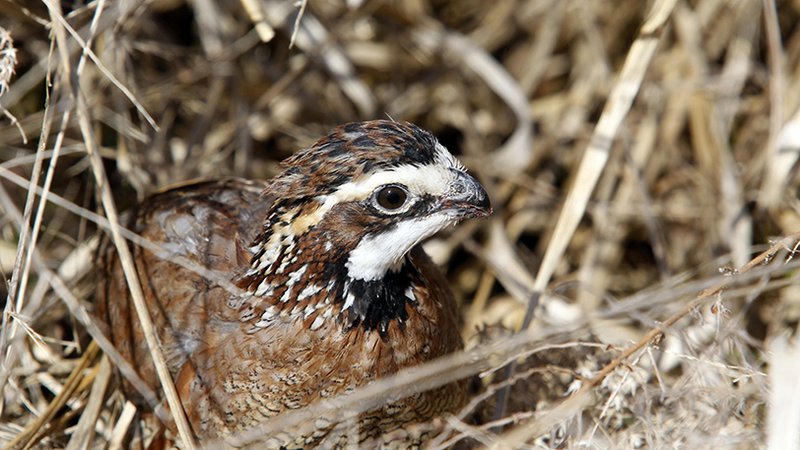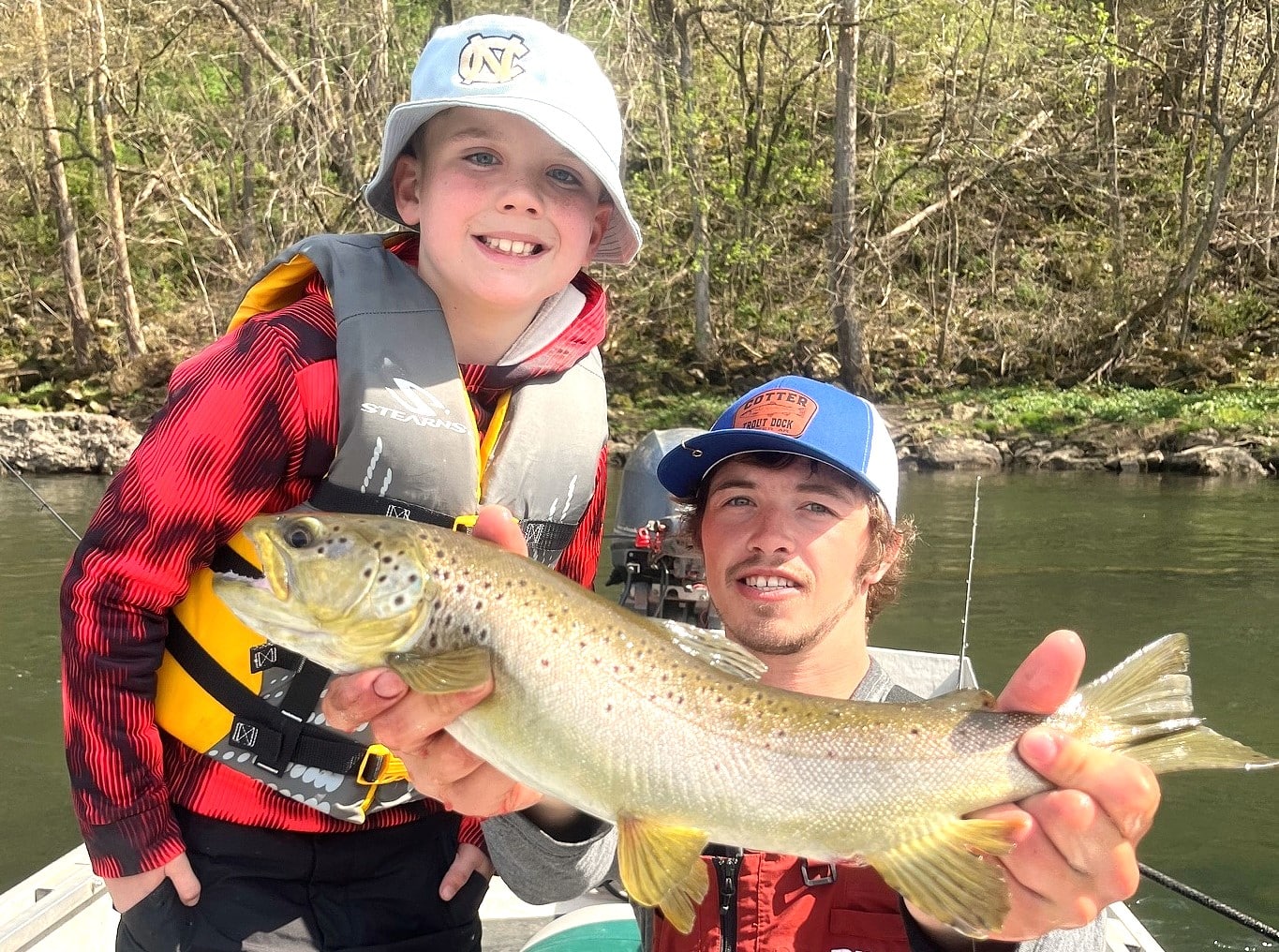Pen-raised quail short-lived substitute, habitat long-term solution
ON 02-28-2018

Feb. 28, 2018
Randy Zellers
Assistant Chief of Communications
LITTLE ROCK – When Arkansas’s deer herd reached a scant 500 individual animals statewide in the 1940s, the Arkansas Game and Fish Commission stocked deer from other states to bring the population back. The same practice brought back Arkansas’s bears, alligators and elk. Even turkey populations rebounded after stockings from transplanted wild birds. In all of these cases, stocking may have been the easiest piece of the puzzle to see, but it was far from the complete story.
Ensuring proper habitat is much harder to sell than stocking. Plants have less charisma than animals, and the most beneficial habitat often isn’t pretty. Ensuring high-quality habitat also can take more time and is more complex than simply placing new animals on the landscape. But without first providing the necessary habitat components for the animals to thrive, restoration is sure to fail.
Many people in rural Arkansas raise different varieties of quail with the intention of providing food for their families. In these situations, the birds remain fat and happy. Other individuals raise penned quail to train hunting dogs, hone shooting skills and have short-lived fun hunts on their land or field trials. With an abundance of landowners interested in raising quail, it would seem like stocking these small sporting birds could be a viable solution to the wild population’s decline in The Natural State. Unfortunately, the practice just doesn’t work.
Marcus Asher, AGFC quail program coordinator, says in the short-term a few stocked birds can provide some fun, but very little long-term results have ever been recorded with pen-raised birds.
“Numerous research projects have been conducted on the topic,” Asher said. “All with similar results – very few quail survive, and even fewer reproduce. Often land managers were just providing a high-priced meal for another animal to consume.”
Asher points to many field trial areas where penned birds are regularly released as a good example of the issue.
“A handful of birds typically manages to escape during some field trials,” Asher said. “If stocking penned birds was a good answer, these areas would have gained healthy populations around them, but they haven’t.”
Besides being ineffective, releasing quail on private lands for restocking is also prohibited by Commission regulations.
“To restore self-sustaining populations of quail back to Arkansas, we must work with our wild stock and provide large amounts of suitable habitat for them to survive and multiply,” Asher said. “We need to work with remaining healthy populations and increase the amount of good quail habitat near them.”
Asher says the need for suitable habitat is very apparent in the Delta, where habitat has been converted to row crops, and in the Gulf Coastal Plain, where trees are now grown too dense for sunlight to stimulate understory vegetation. However, when talking to landowners, few feel as though the habitat has changed for the worse.
“They’ll often say, ‘My place hasn’t changed since I’ve lived there,’ but in their eyes a field is just a field and a stand of trees is just forest,” Asher said. “For quail, the plant diversity and structure within that field is critical. Over decades, beneficial grasses, forbs and shrubs may have been replaced with thick monocultures of non-native grasses. To us it appears the same, but for quail, it’s entirely different.”
Many non-native grasses lack good overhead structure to protect quail from predators. They also are managed for thick mats of solely grass with very little room for forbs (wildflowers and broadleaf plants) and bare ground. Forbs are critical to quail because these plants attract lots of insects for chicks to consume and produce seeds that adults and young feed upon. Bare ground is important to quail because it allows chicks and adults to effortlessly feed and loaf under a canopy of protective vegetation.
Shrubby escape cover made of sumac, plum or other brushy thickets also is missing from these fields. Sometimes when landowners “clean up” a property, they eliminate a basic necessity for a quail that serves as a barrier against predation and protects quail from the elements. Losing these characteristics on a small scale (10-80 acres) is not too detrimental overall, but this has occurred over vast amounts of Arkansas’s landscape, leaving small islands of quality habitat fragmented from other patches of habitat.
“Habitat fragmentation lets predators search remaining patches of cover easier, and can lead to even faster population collapse,” Asher said. “People often point the finger at predators alone, but quail evolved alongside these predators, it’s the habitat that’s changed, making them easier to catch and kill.”
Asher says the foundation for rebuilding Arkansas’s quail population is to build a network of connected habitats that substantially reduce predation and allows intermixing of populations, so they are more resilient from blinking out. Habitats such as these can be beneficial not only to quail, but monarch butterflies, songbirds, deer, turkey, rabbits and many other species. Changes in private land practices have to change, but don’t have to be costly. To learn more about putting high-quality quail habitat on the ground, talk to a private lands biologist or local Quail Forever biologist. More information can be found at www.quailwise.com.
Recent News
Subscribe to Our Weekly Newsletter E-mails
Don’t miss another issue. Sign up now to receive the AGFC Wildlife Weekly Newsletter in your mailbox every Wednesday afternoon (Waterfowl Reports are published weekly during waterfowl season and periodically outside the season). Fishing Reports arrive on Thursdays. Fill in the following fields and hit submit. Thanks, and welcome!


